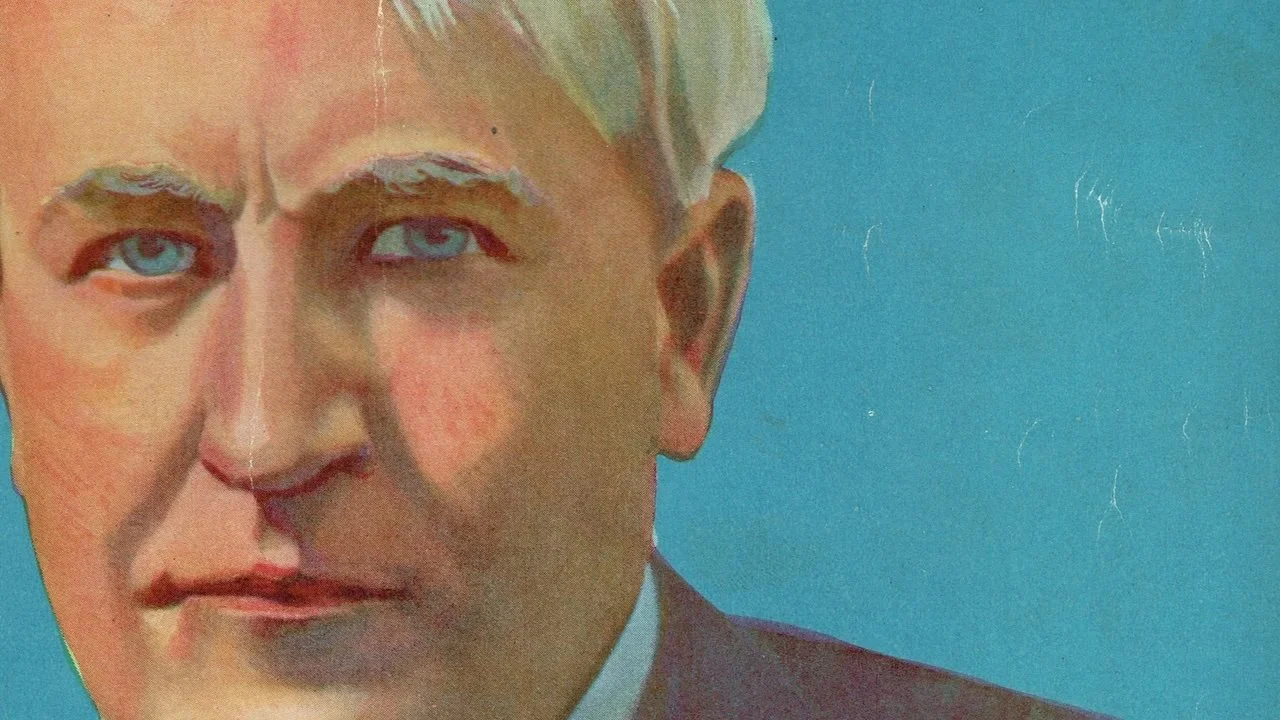There’s a scene early in the new film Civil War that probably won’t strike many people as weird, but it stuck out to me like a sore thumb. Journalists are sitting in the lobby of a New York hotel talking about their plan to leave the city and viewers see one of the reporters is smoking a cigarette. Indoor smoking in most states within the U.S. is a big no-no here in 2024 and this choice was probably made to establish just how far things had crumbled within American society. But it got me thinking about not only whether this was a realistic prediction. I started looking back at how many other times indoor smoking has been represented in movies about the future.
Welcome to the Paleofuture blog, where we explore past visions of the future. From flying cars and jetpacks to utopias and dystopias.





















